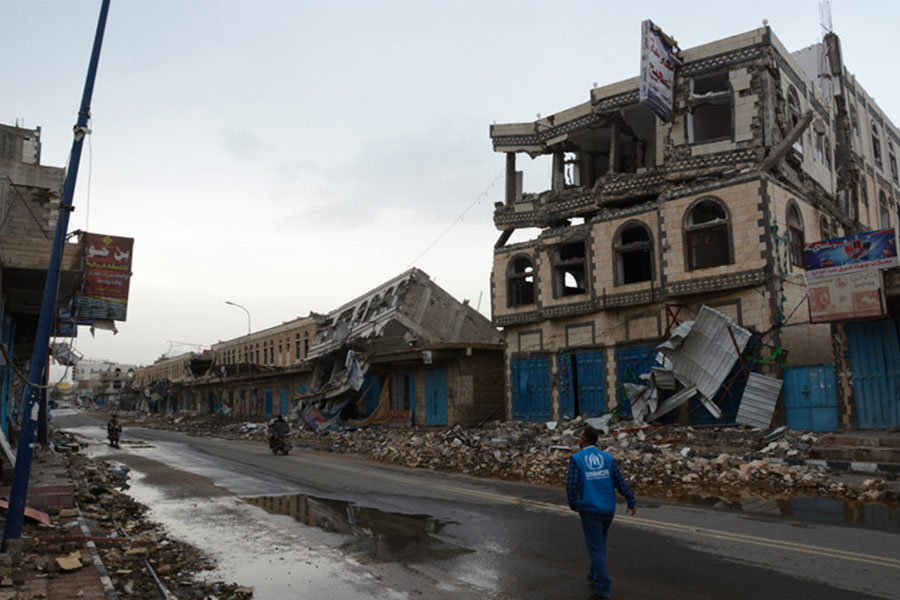
How CHRS’s Digital Evidence Vault is being used to document digital evidence of airstrikes against civilians in Yemen
An integration between Digital Evidence Vault and Uwazi allows users to capture, organize and analyze online content in a streamlined way
Sometimes, a YouTube video isn’t just a YouTube video. A tweet isn’t just a tweet. And a Facebook post isn’t just a Facebook post. They can be critical evidence of human rights abuses that will one day help deliver justice to the communities who have been wronged.
That’s what legal advocacy group Global Legal Action Network (GLAN) and their partners are working to do for Yemen, where the Saudi/UAE-led bombing campaign has provoked one of the world’s worst humanitarian crises — and continues to unleash death and destruction upon the country’s population with alarming frequency.
GLAN is compiling a repository of digital evidence that purports to show forces there targeting civilians and civilian infrastructure, which violates international law. Capturing a copy of this content and securely storing it will be important for any future criminal proceedings for these attacks.
The technology that powers this documentation effort is a new integration between Digital Evidence Vault — a service that assists investigators, journalists and others working on public interest projects to preserve digital content according to standards that make it more likely to be admissible in court — and Uwazi, HURIDOCS’ own platform for organizing collections of human rights data.
Digital Evidence Vault works through a browser extension. Once installed, all it takes is a click to capture screenshots, HTML, video, audio and metadata found online. That content then shows up in the user’s Uwazi database, where they can add tags, cross-reference related content, surface patterns, and more.


Before these tools were integrated, there wasn’t a streamlined workflow for the preservation and classification of digital evidence. GLAN used spreadsheets and documents to manually bridge the gap, a cumbersome practice that made it difficult to glean insights from the collection of data.
With the two now working together, the distributed team of investigators, lawyers and experts who collaborate on the Yemen case are able to capture content and organize it in one place — all in a few simple steps. This in turn allows them to more easily analyze the content to identify trends in human rights violations.
A UNHCR staffer walks on a road of shops hit by airstrikes in Sa’ada, Yemen. 5 August 2015. Photo by OCHA / Philippe Kropf. CC BY-NC-ND 2.0
